Established in the 1820s as a whaling port on the island of Ovalau, Levuka became the first colonial capital of Fiji. Levuka attractions revolve its architecture, which make it an outstanding example of a late 19th century Pacific port settlement.
Examples of Levuka attractions include the former Cakobau Parliament House site (now the European Memorial), Morris Hedstrom store, the Hennings residence, Captain Robbie’s bungalow, Sacred Heart Cathedral and Presbytery dating from the 1860s, the Royal Hotel founded in the late 1860s, Deed of Cession site, former Government (Nasova) House site, Port Authority, Post and Customs buildings together with their remnant tram tracks to the wharf, former Methodist Church and mission, Levuka Public School, Town Hall, Masonic Lodge, Ovalau Club, Bowling Club, workers cottages and the shell button factory site.
Visitors may choose to visit the following Levuka attractions:
Princes Wharf
Levuka is one of Fiji’s three official ports of entry (Lautoka and Suva are the other two) and the wharf has recently been upgraded. It is used by local and sometimes foreign vessels and has a maximum depth of eight meters alongside. The harbor entrance is indicated by a pile light which marks the passage through the barrier reef. In the distance is Wakaya Island, scene of the capture of Count Von Luckner during WW I and now an exclusive property. To the left is the island of Makogai, which until recent years was a leper hospital.
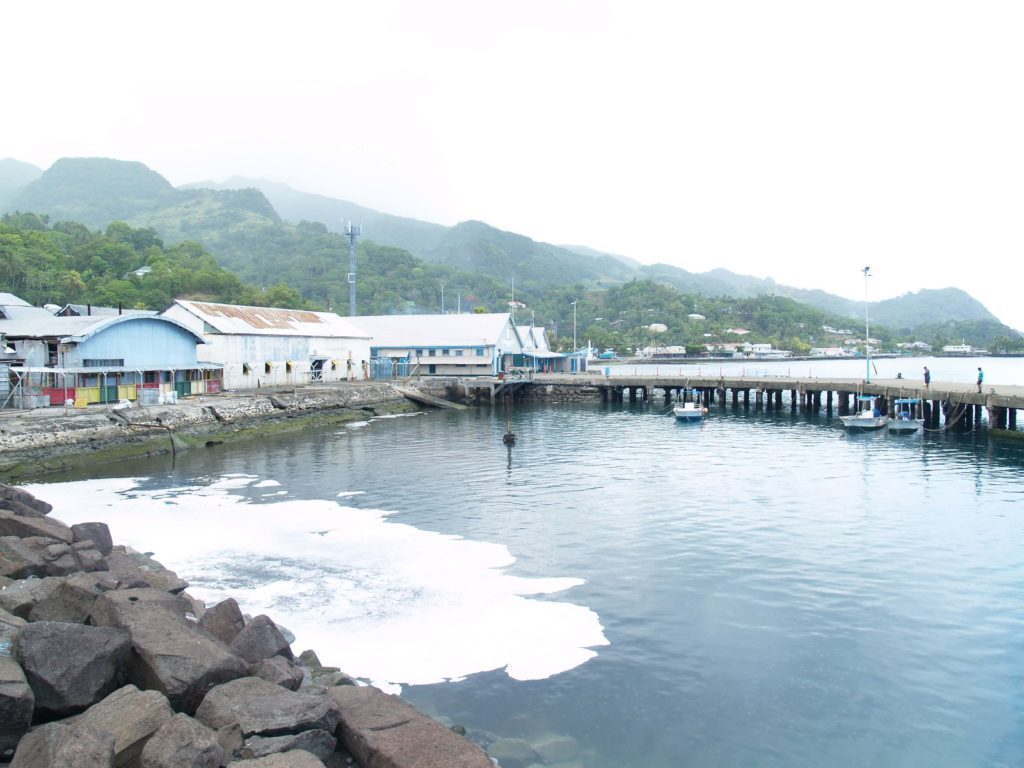
The entrance to the wharf area, which is adjacent to the Levuka Community Centre, also houses the post office, customs office and the Port Authority of Fiji office. A drinking fountain on Beach St, directly opposite the post office, was once the site of a carrier-pigeon loft which in the late 1800s was the Levuka terminal of a pigeon postal service to Suva. The birds covered the 65-km distance in about 30 minutes. Check out nearby Patterson Park, where you can rest, snack and watch the wharf activity.
Levuka Community Centre & Museum
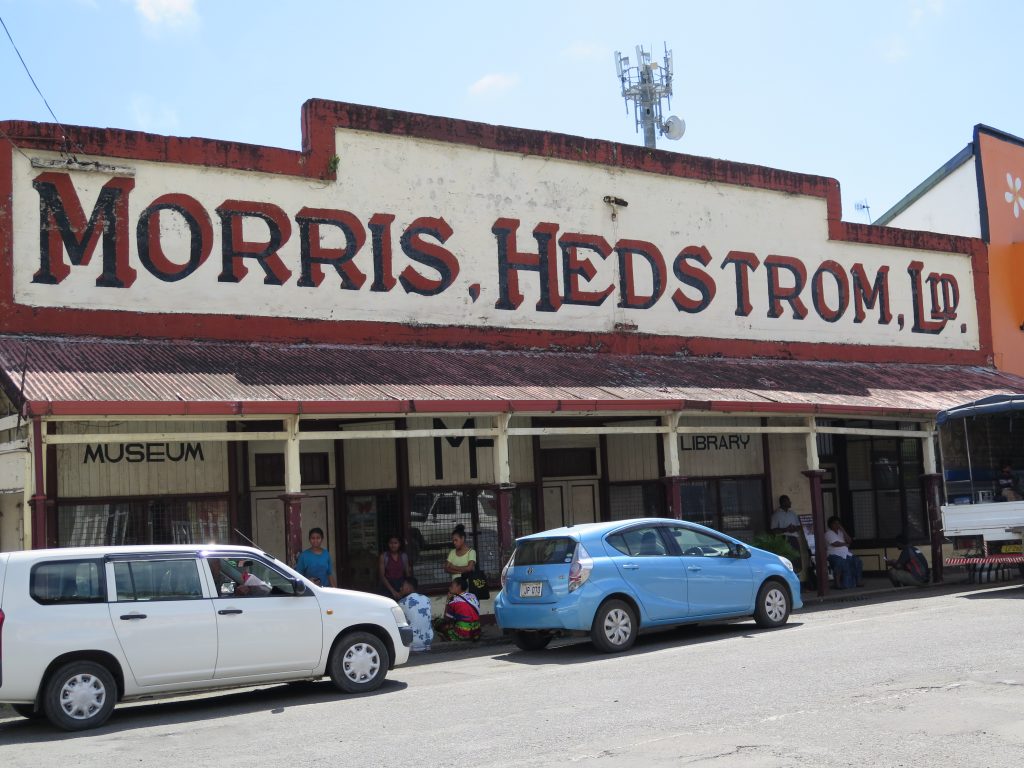
This completely revamped storehouse originally belonged to Morris Hedstrom & Co, a trading company established in the early days of Levuka and still in business in Fiji. The first-rate rebuilding was carried out by local craftspeople under the auspices of the Levuka Cultural & Historical Society, financed by donations of time, money, labour and materials from businesses and individuals throughout Fiji. (The building could currently use a paint job).
The structure, originally built in 1878, was given by Morris Hedstrom to the National Trust of Fiji in 1980. It was refurbished with salvaged Oregon timber from a nearby storage shed and now houses a branch of the Fiji Museum, a public library, crafts center, kindergarten, squash court and meeting hall. It represents the evident desire of Levuka’s residents to have their town remain a living museum. Historical tours of the town can be organized through the museum for a fee. Guided treks to Lovoni can also be arranged through the Community Center.

Pacific Fishing Company (PAFCO)
Founded in 1964 by a Japanese firm, PAFCO is used as a center for freezing and exporting canned tuna mostly to Europe and Canada. A joint venture with the Fijian government, the cannery was opened in 1976 and is the primary private employer on the island. The deal to bring the facility to Levuka was put together by local citizens when copra shipments were diverted from the port for economic reasons. This act saved the town from economic extinction.
Nasova
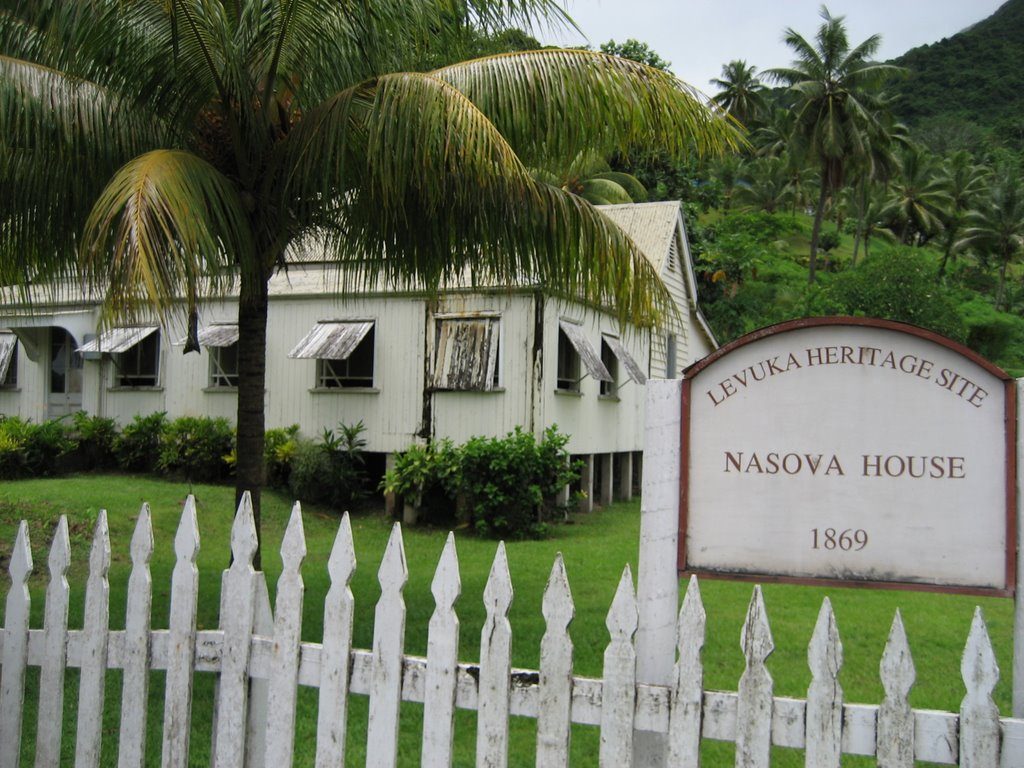
One km south of the wharf (towards the airport) is the village of Nasova where Fiji’s deed of cession was signed on 10 October 1874. The signing took place in government house, which was below the residence of the district commissioner. On the seaward side of the road, beyond a small creek, is a fence surrounding what are known as the three ‘cession stones’ (and a flagpole), which commemorate the centenary of that ceremony in 1974 and Fiji’s independence on 10 October 1970. The large bure known as the ‘Prince Charles Bure’ (see photo at right) across from the memorial, is used for ceremonial purposes and was built in 1970 for Prince Charles’ visit. He used it for a headquarters during his sojourn in Levuka. It is built on the site of an earlier bure where King George V (then Duke of Clarence) resided during a visit to Fiji in the 1890s. Two other stones near the flagpole mark Prince Charles’ visits for Fiji’s centenary and independence celebrations.
Beach St

In Levuka’s early days, Beach St was only ‘a narrow strip of shingly beach’ between a row of houses, built close to the water’s edge – a ramshackle collection of shacks, bars and makeshift businesses. Today the saloons that lined the street are gone, but the peeling, columned storefronts and weather worn clapboard buildings have somehow withstood the ravages of time. The present sidewalk is the result of linking the verandas of the original buildings. In recent years the town council learned that the title to the walkway it had been maintaining all these years belonged to the owners of the property.
Sacred Heart Church
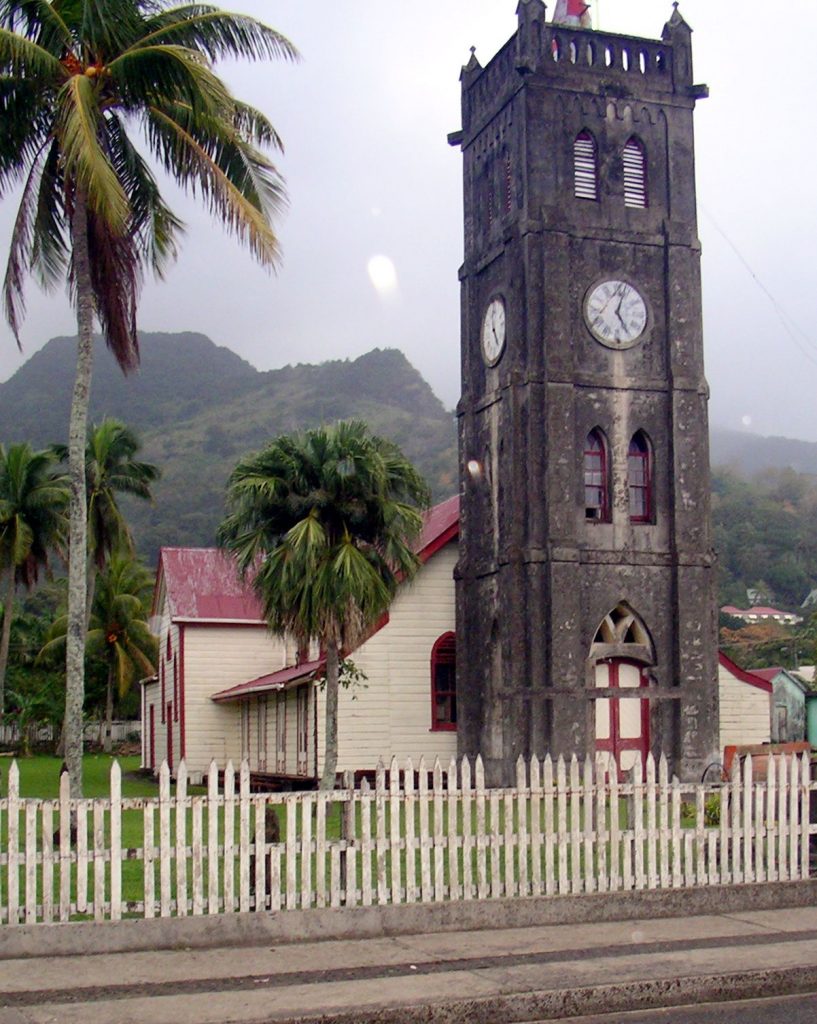
This was built by the Marist Fathers. Led by Father Breheret, they established themselves in Levuka in 1858. The church boasts a French clock that strikes twice each hour, with a one-minute pause in between. Instead of a chime or a clang the clock produces a most unmusical ‘thud’. Note the neon green cross on the church. It is not, as one observer pointed out simply ‘bad taste’. Rather, it is used (along with another green neon sign on a building behind the church) to mark the gap in the reef so that ships can navigate this dangerous crossing by night.
Totoga Falls
Totoga Creek is the source of fresh water for Levuka. The creek has several swimming holes, one of which is lined with concrete. The concrete pool is now closed due to a huge fallen stone that makes its home there. The other swimming holes are accessible by continuing up the trail known as ‘Bath Rd’ adjacent to the Levuka Public School.
Levuka Public School
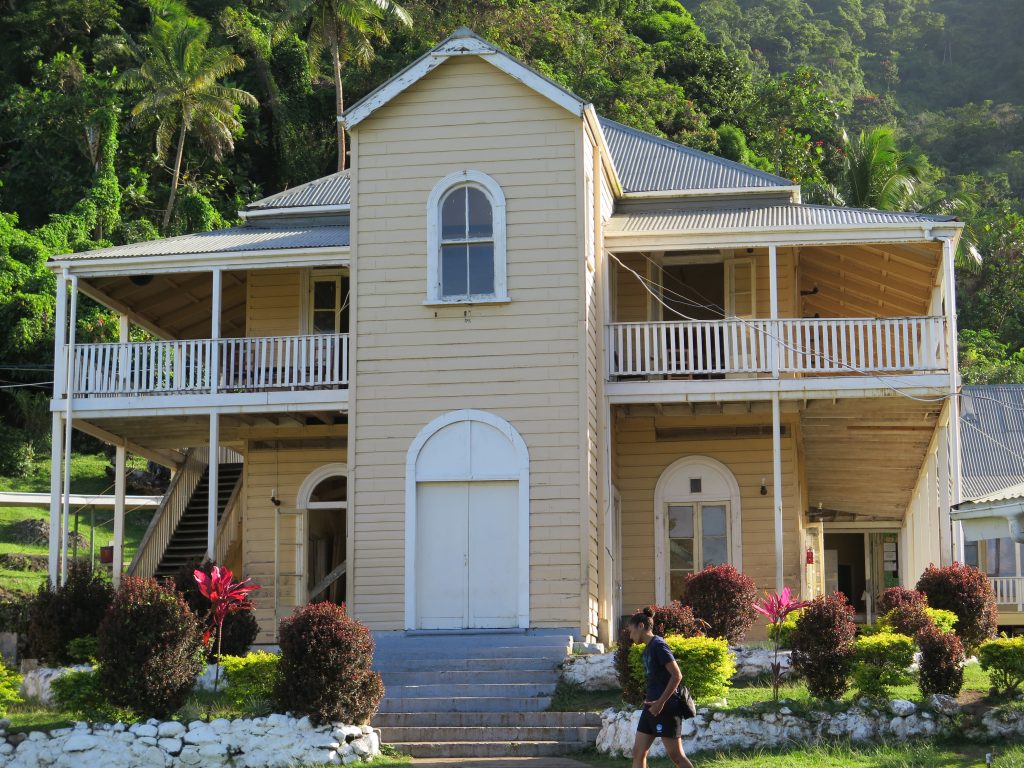
Opened in 1879, this is the oldest public school in Fiji, and the old school of many of Fiji’s leaders. Although it has been maintained in past years, it unfortunately seems to be falling into disrepair.
Nasau Park
This is Levuka’s sports field, parade ground and all-purpose grassy area. The rooms to the rear of the Royal Hotel face directly onto the field.
Ovalau Club
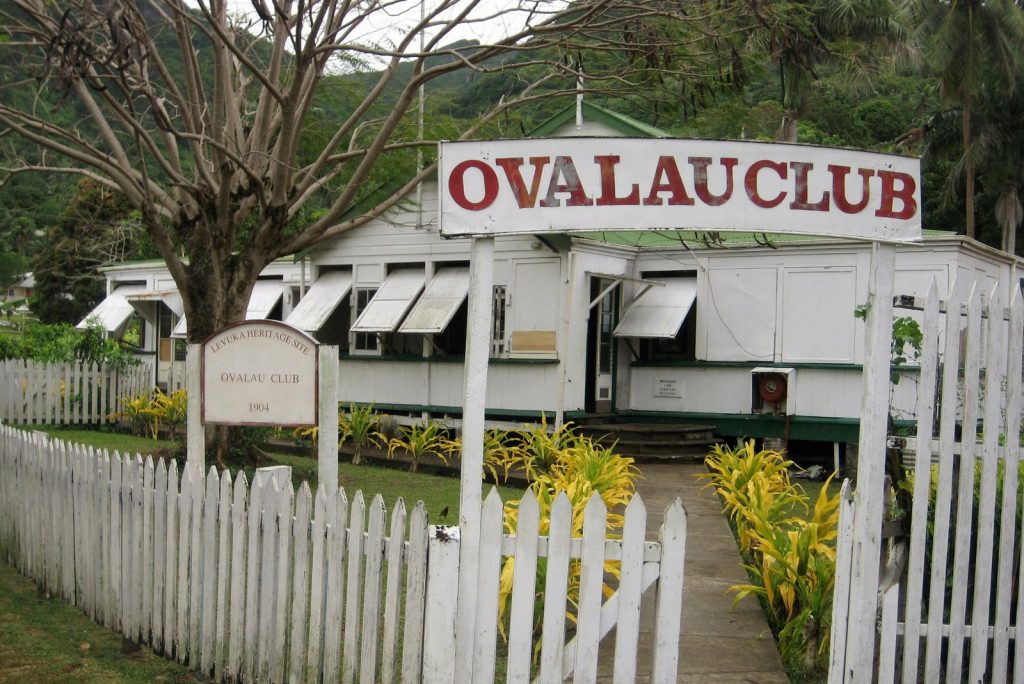
The home of one of the oldest social organizations in the South Pacific, this whitewashed clapboard structure surrounded by a white picket fence was once a bastion of White colonials, but the only remnant of that era is a ‘Members Only’ sign on the entrance.
The building was seriously damaged during Cyclone Winston in 2016 and is currently being repaired. It’s hoped it will be open for New Year’s Eve, 2023.
The history attached to this institution is epic. For example, in its archives is a letter written by the WW I German sea raider Count Von Luckner, who was captured on nearby Wakaya Island. The story behind the Von Luckner letter is a fascinating piece of historical trivia.
Von Luckner, who abandoned ship after his vessel ran aground elsewhere, landed in a small launch on Katafaga Island in the Lau group. He broke into the home of a trader, ‘liberated’ some food and wrote a thank you note explaining to the absent owner that he was sorry about the missing food, but that he was on a South Seas sporting cruise and in need of provisions. The conscientious count left some money for the goods and signed the letter ‘Max Pemberton’.
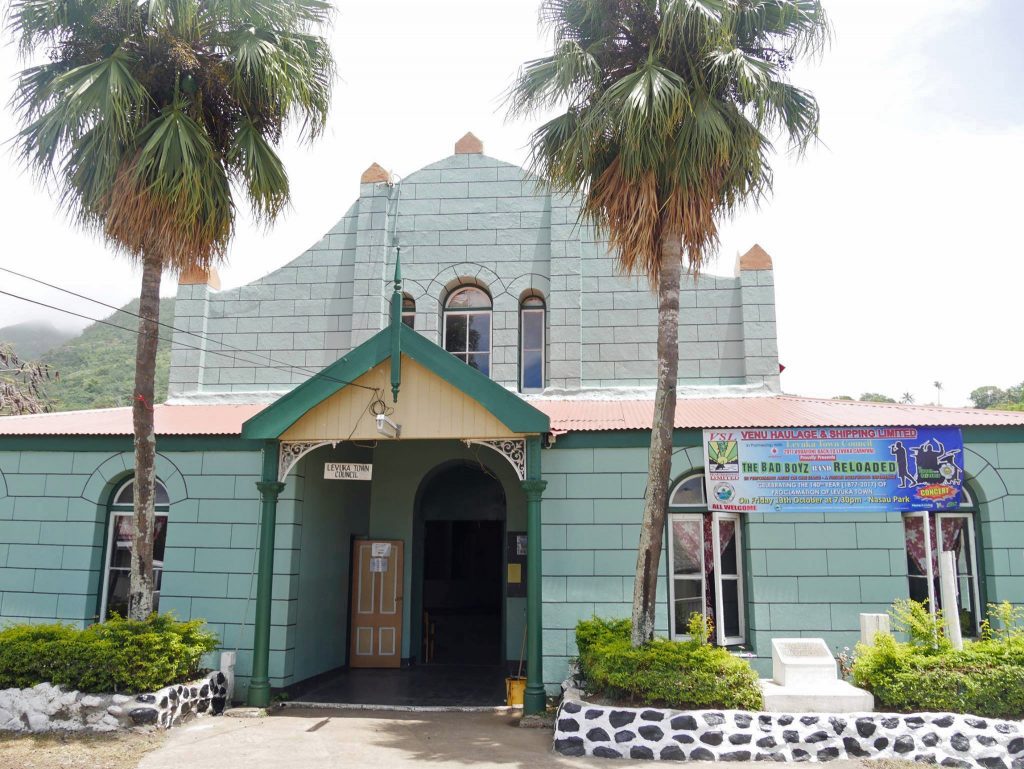
Town Hall
Constructed in 1898 in honour of Queen Victoria’s jubilee, the town hall is home to the offices of the Levuka Town Council, Fiji’s oldest municipality, created in 1877.
Royal Hotel
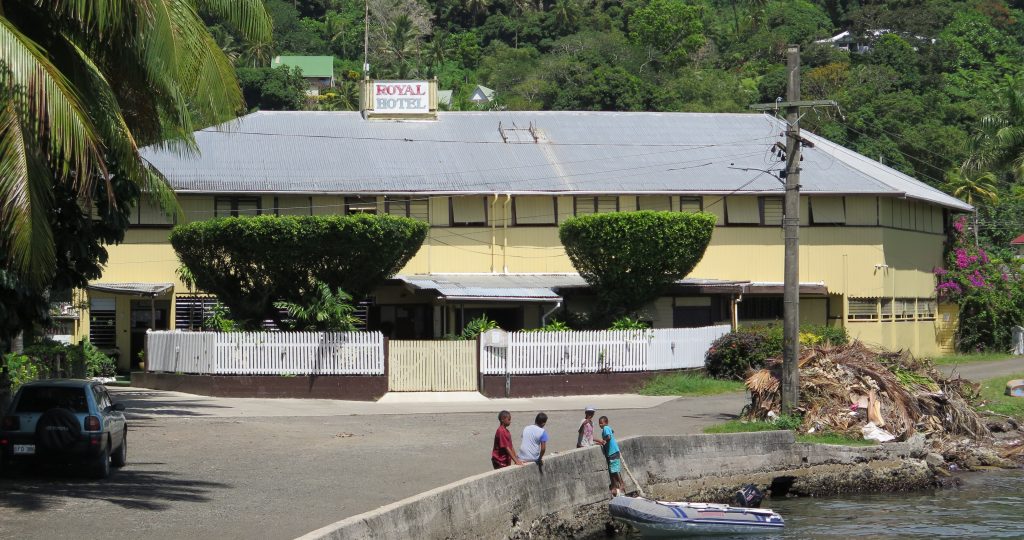
Resembling a roadhouse out of the US old west, the 125-year-old hotel is the last remaining one of more than 50 bars and saloons built in Levuka’s heyday. It was rebuilt around the turn of the century by Captain David Robbie, a retired seaman who thickened the walls so they would withstand hurricanes. Atop the roof is a turret-like structure known as a ‘widow’s watch’ or ship’s lookout. Just across from the front entrance is Levuka’s small municipal market, which is open from 6 am every Saturday.
Niukaubi Hill
Niukaubi Hill is the site of one of Levuka’s two war memorials. (The other is on Beach St, opposite the Sacred Heart Church.) The Supreme court building and parliament house were on Niukaubi Hill.
Mission Hill
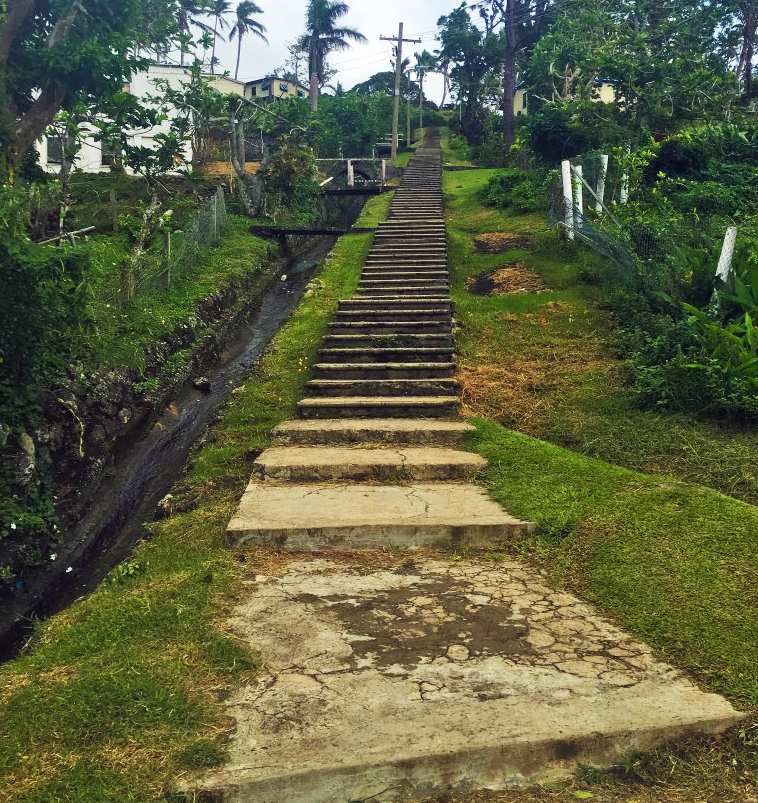
Atop Mission Hill are some of Levuka’s finest old buildings, including Methodist mission homes and the Delana Methodist School. To climb the 199 steps to the top, begin at the historic Methodist church. The vista from the hill is worth the climb. At the foot of Mission Hill is the Levuka Government Hospital. (Steps photo from the archives of Norwegian photographer Trond A. Jensen)
Holy Redeemer Church
The Reverend William Floyd, who came to Fiji in 1870, built the first Anglican church on this spot. The present church was consecrated in 1904. Stained-glass windows commemorate early Levuka residents.
Levuka Fijian Village
This village was home to Tui Levuka, the chief who first befriended early European settlers. On the opposite side of a small creek is a Methodist church, constructed in 1869, where Chief Cakobau once worshiped.
Old Methodist Cemetery
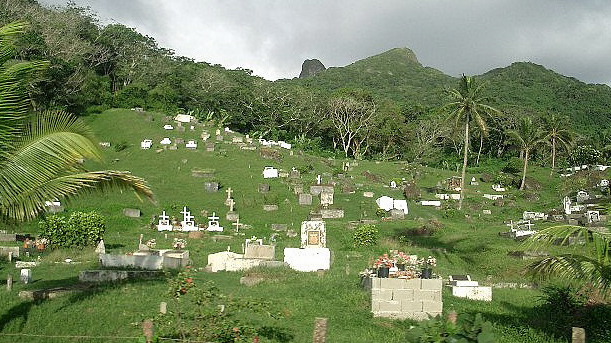
Here lie the remains of at least 135 of Levuka’s early settlers, many of them German immigrants. The most famous resident of this graveyard is John Brown Williams, the somewhat unscrupulous US commercial agent whose exaggerated financial claims helped cause the downfall of the Cakobau government and were a major factor in the cession of Fiji to Britain.
Gun Rock
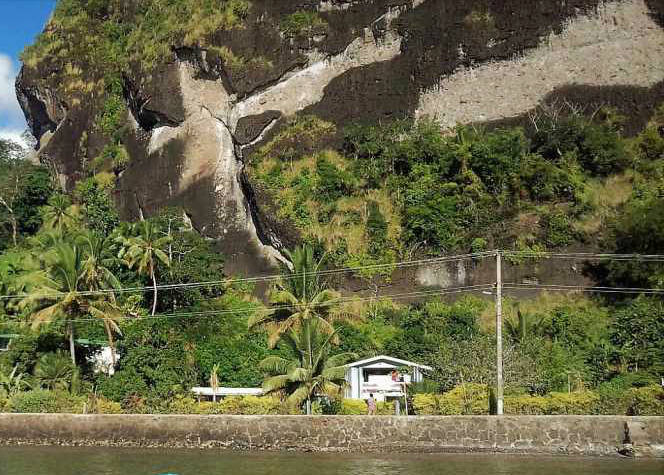
This point above Levuka village was used in 1849 as a target by the HMS Havannah to impress upon Chief Cakobau the power of the warship’s cannon. It is said to be where the first Europeans spent their first night ashore. The rock was again battered by naval guns in 1874 by Commodore Goodenough to entertain Fijian chiefs in Levuka. Visitors who inspect the rock can still see the scars left by cannonballs. In a more peaceful vein, Roman Catholic missionary Father Breheret said his first mass beneath the shelter of Gun Rock after his arrival in Levuka in 1858. A good budget accommodation, Oniviro Cottage sits at the base of the cliff, beneath ‘Gun Rock’.
Vagadaci
Lying beyond Gun Rock, the village of Vagadaci became headquarters of the Royal Engineers who built the town of Levuka (and later Suva) as well as the roads after cession. The area was also a boat-building centre. The concrete ruins of a large house were once the home of the Palmer family who were boat builders and merchants. King George V (then the Duke of Clarence) and his brother played cricket at Vagadaci, but much of the old sports field is now occupied by the homes of government employees.
Lovoni Day Tour
Lovoni Village, set in an extinct volcano, is one of the lesser seen highlights of Ovalau. A hike hosted by Epi’s Tours will take you through the rainforest and a cooling dip in a stream. You’ll visit the village hosted by a local and get a crash course in herbal medicines and wild foods–not to mention a freshly cooked lunch. Prices start at F$120 per person for two guests but are discounted for larger groups. Contact Joanne at +679 9 779 977 or epistours@gmail.com for more information.
A big thank you to Noby of Owlfiji.com for use of his photos.




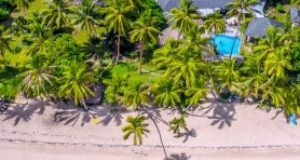
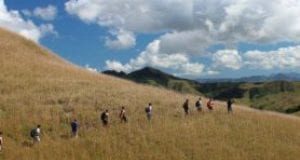
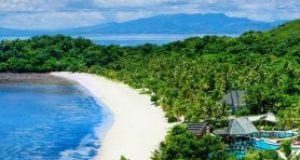
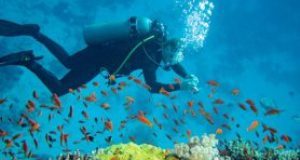
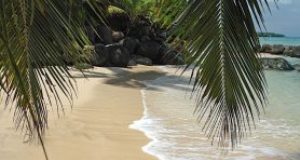
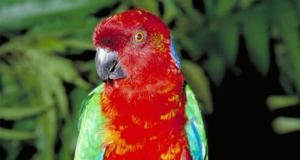
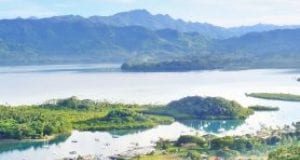

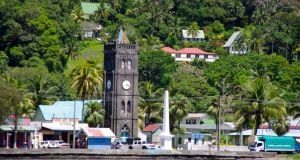
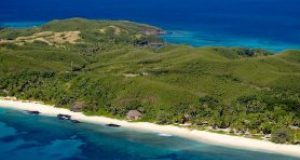


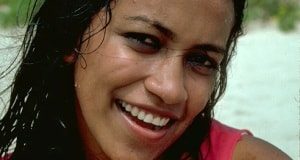
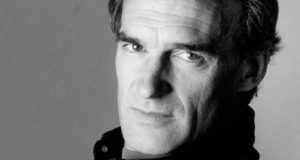
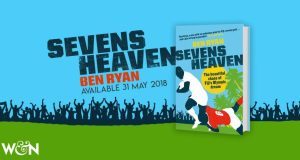
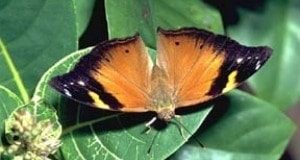

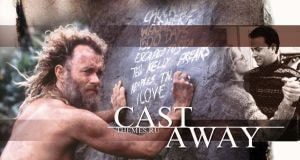

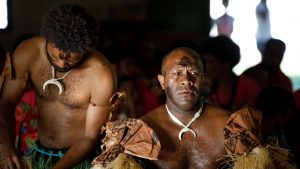
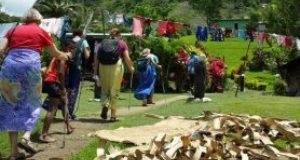

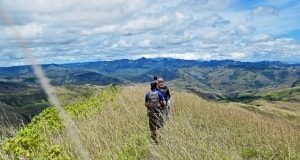
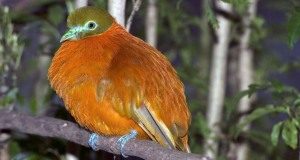

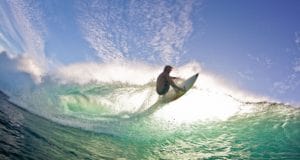
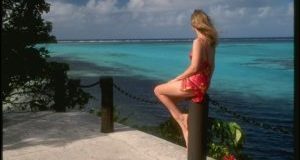

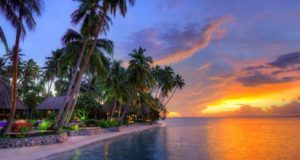



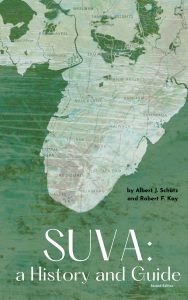
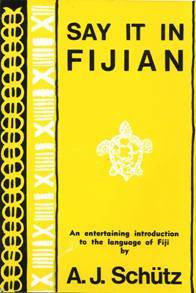
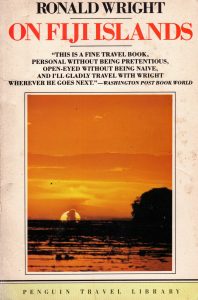
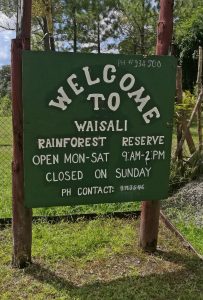
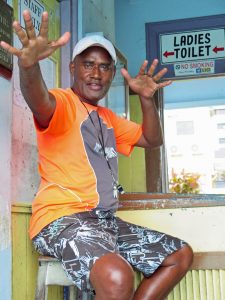
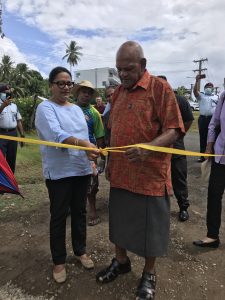

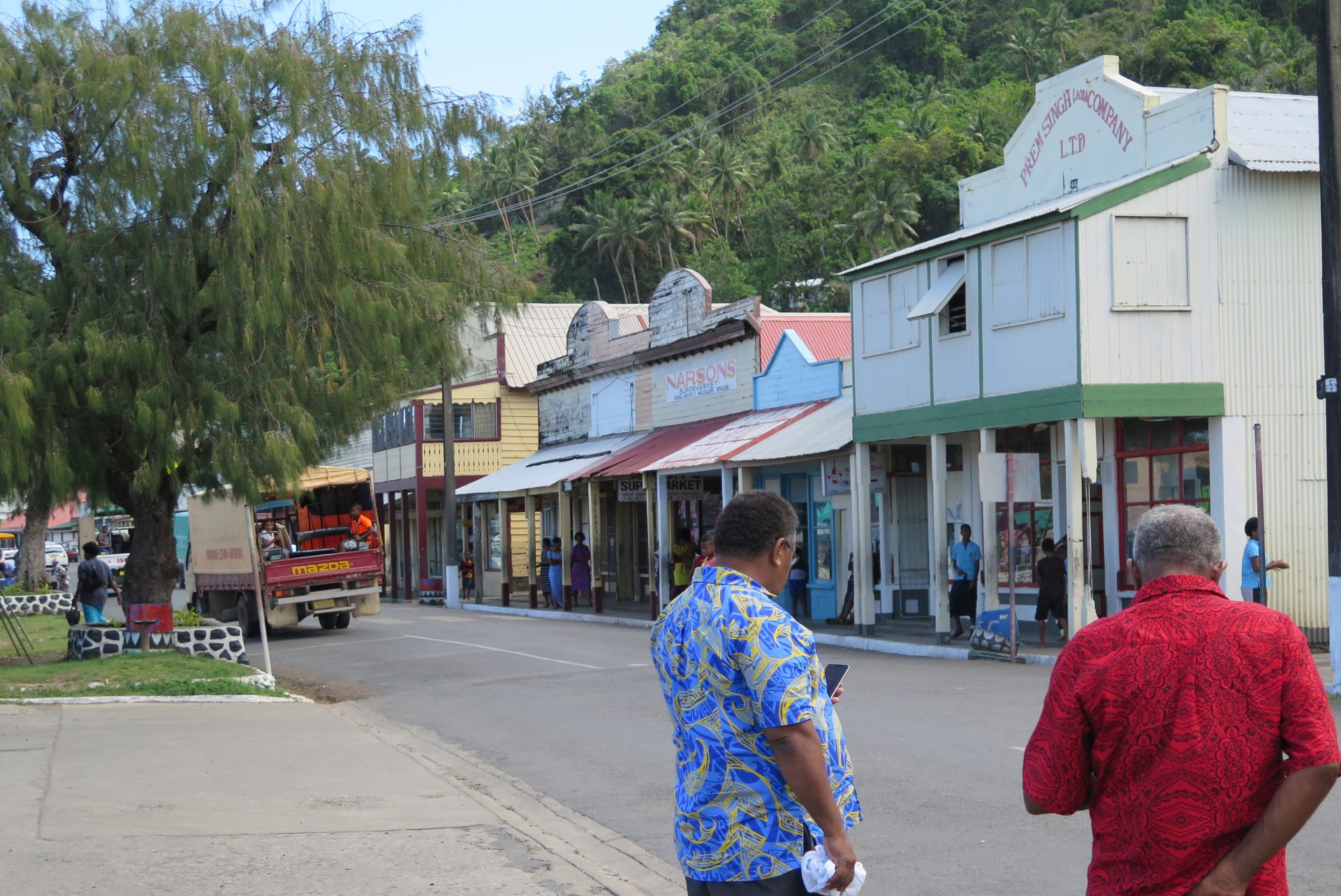
It’s amazing n exciting to b filled with the history of my hometown. I m so amazed at how much I m able to know where I grew up.As times have changed with new inhabitants i simply like to find my paternal side of the family where my grandfather Ratu Laitia Radovu played a role in during Ratu Cakobau’s reign in Levuka as a spy for Lovoni Tribe